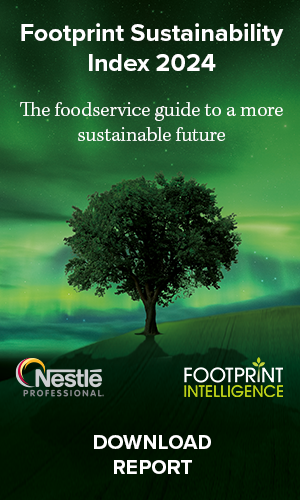The UK Government has been urged to back a standard method for measuring farms’ environmental impact across key indicators like soil health and carbon following a UK-wide review of farm data.
Described as the largest, most comprehensive review of farm environmental performance ever carried out in the UK, spanning 685 farms and over 235,000 hectares, the review has been delivered through the Soil Association’s Exchange programme in partnership with Lloyds Banking Group which has provided finance for 84% of participating farms.
The review focused on six key areas: soil health, carbon, biodiversity, animal welfare, water, and people & society. It found stark differences between farm types, both in terms of their current footprint and the measures they could feasibly adopt to improve their environmental performance.
Overall, soil carbon varied greatly from 32 to 267 tonnes of carbon/hectare, reflecting the diversity of farm types, landscapes and geographical locations of the businesses involved.
Farms that included livestock scored well for diversity of plant life, had higher levels of carbon stored in their soil and produced manure which reduced the need for artificial fertiliser, but scored poorly on carbon emissions.
Soil Association Exchange and Lloyd’s Banking Group called on the UK Government to back a standard method for measuring farms’ environmental impact, develop and deliver a decarbonisation and nature strategy for agriculture, and to release the blocks holding back flows of green finance to UK farmers.
“I believe that if this report were to reach every farmer in the country, it could lay the groundwork for a new approach to delivering meaningful change across the UK agriculture sector,” wrote Andrew Walton, chief sustainability officer and chief corporate affairs officer for Lloyds Banking Group, in a blog discussing the report’s findings. “The data gathered plainly highlights the difference between farm types, and clearly explains how sustainability, productivity and profitability can all be increased together in unison.”














